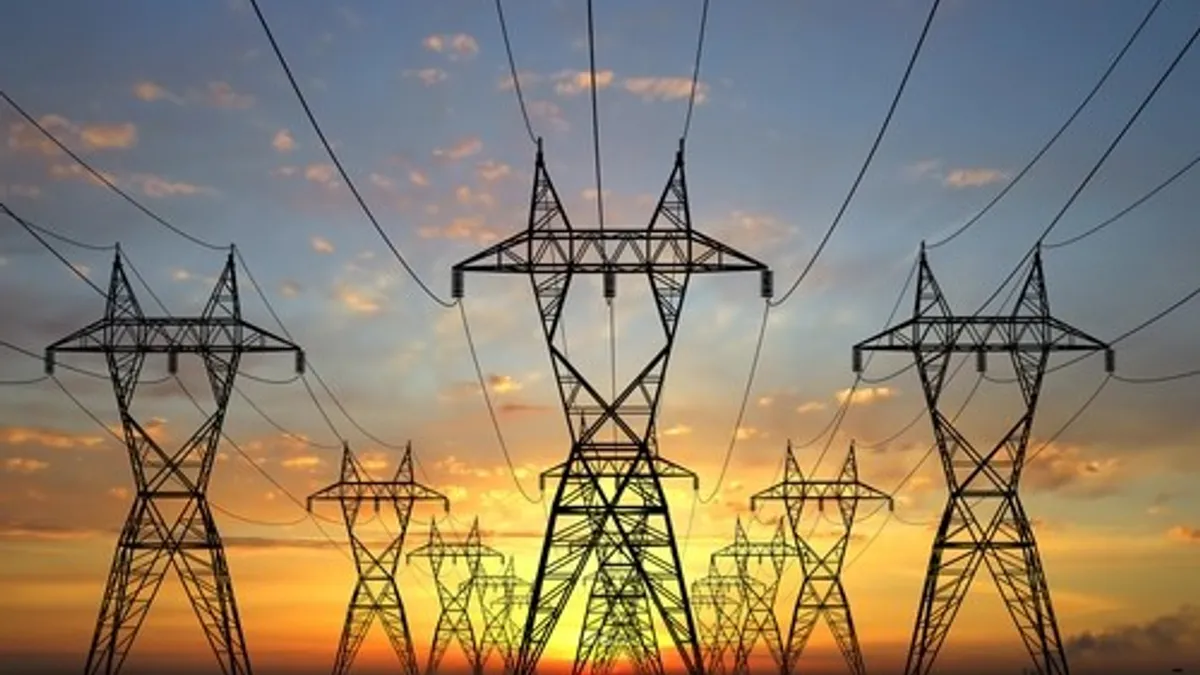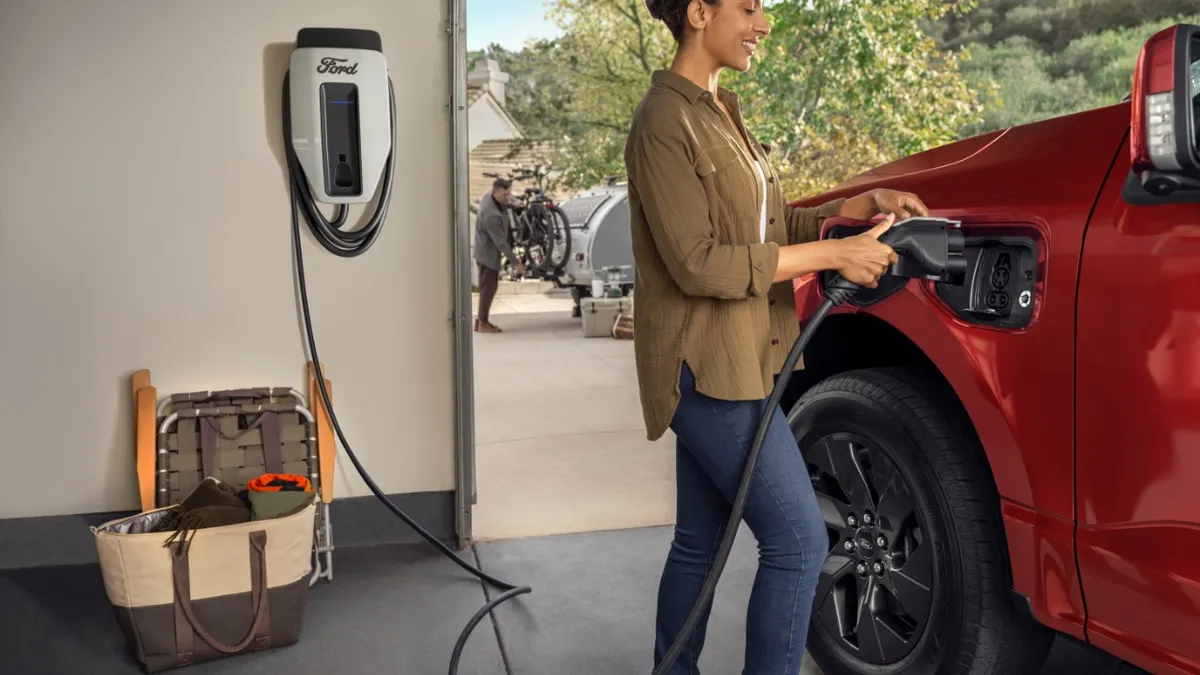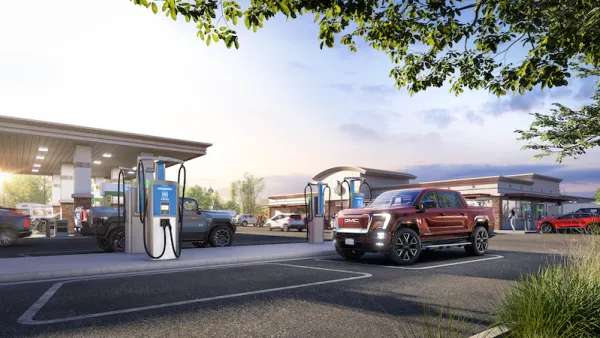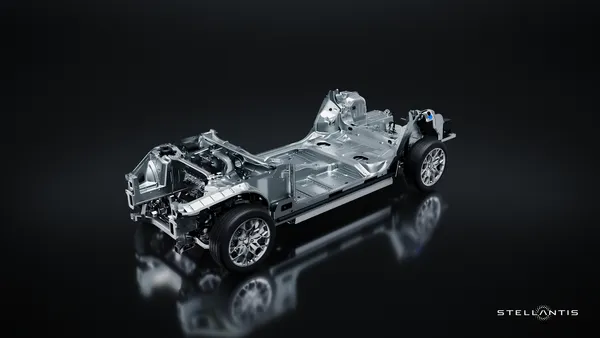It’s a tumultuous time in the utility industry; and it’s clear there’s no proven model for the utility of the future. Is coal really going away? How will the rise of industrial scale solar and distributed energy affect utilities? Will electric cars eventually create a substantial load shift? One thing’s certain: the utilities that thrive in the future will be those that use fundamental marketing principals to understand, segment and educate customers on their energy use.
Utilities face an uphill battle in educating residential customers since very few of them understand what a kilowatt-hour is, let alone why they should sign up for a utility cycling program or why a rooftop solar installation could be right for them. What’s more, the recent “Utility Residential Customer Education” survey, conducted through a partnership between NTC Corporate and Utility Dive, revealed that most utilities aren’t applying fundamental marketing principals to their residential customer education programs.
In fact, the industry overwhelmingly believes that financial incentives are the most effective motivator to get residential utility customers engaged with their programs, with 72% of utilities sharing that opinion. While financial incentives could impact increases in short-term engagement with customers, they won’t pay off in the long run. When a utility relies too heavily on pricing, the first four steps of the Marketing Hierarchy are dismissed, thus diverting the utility from a proven path of purchase success.
Driving this point further, the survey goes on to show that, not surprisingly, only 2% of executives believe their current programs (mostly pricing) are doing a “great” job of motivating customers to take the actions they want. So, with this problem in mind, we ask: What’s the best way to improve these programs?
The answer? A brief lesson in Marketing 101. By slowing down and embracing a marketing strategy that starts with customer education fundamentals through Knowledge and Awareness before moving on to Liking, Preference, Conviction and Purchase, utilities will greatly increase the chances of retaining a customer. Let’s break this down further to show exactly how this works.
6 Steps to Success with The Marketing Hierarchy:
- Awareness: This is when the customer becomes cognizant of a utility program. This step can be challenging, as awareness does not always equal understanding. There’s no guarantee the customer will understand an energy program without obtaining more information about it. That’s why dedication to customer education is crucial.
- Knowledge: During this step, the customer begins to gain information about a utility program. In today's digital world, consumers expect to gather product knowledge at the click of a button. However, the information currently delivered to utility customers can quickly overwhelm them unless presented in an articulated manner.
- Liking: As the term states, this step is about ensuring that the customer likes the offered program. It’s important that utilities use trusted channels and techniques, such as recommendations from friends and family, to promote offers. This source of trust will encourage customers to like and then pursue the program the utility has to offer.
- Preference: Because consumers might be offered more than one utility program in the energy space, they could end up participating in any of them. At this stage, the utility wants the consumer to disconnect from rival products and focus only on its particular program. Therefore, it’s vital that the utility highlight benefits and unique selling points so consumers can differentiate from competitor programs when making their choice.
- Conviction: By this point, a utility is ready to influence the customer's desire to take action or purchase. Utilities should encourage conviction by allowing consumers to test or sample the program. This reassures consumers that the action they will take will be a safe one.
- Purchase: Having proceeded through the first five stages, the customer is now convinced and ready to sign up for or purchase a utility’s program. This stage needs to be simple and easy, otherwise the customer will get fed up and walk away without taking action. For example, a variety of different program options can encourage purchase while a complicated and slow website discourages participation.
The Marketing Hierarchy theory, popularized in 1961 by Robert J. Lavidge and Gary A. Steiner, shows us that no purchase behavior can be achieved without moving through the six steps of persuasion noted here. The best way to complete this process is in three stages: cognitive (thinking) so that the consumer becomes educated about the offering, affective (feeling) so that the consumer likes the product and lastly, cognitive (behavior) so that the consumer purchases the program.
Check out Part II and Part III of this series, where I’ll describe how utility marketers can advance the marketing objectives of their residential education programs and how they can consistently measure ROI.
For more information on how to improve your utility’s marketing programs contact Ward Eames at [email protected].
About NTC
NTC Corporate is an award-winning educational content provider for utilities who need to engage, educate and motivate students, their families and educators. We offer a full-range of unique, turn-key marketing programs that engage current and future consumers via the education space. We inspire young people – and their families – to explore important and timely curricular subjects including: wise energy use, electrical and natural gas safety, renewable energy, science, technology, engineering and math (STEM), financial literacy, health and nutrition and environmental literacy, among others. Founded over 37 years ago in the U.S., NTC is now international with operations throughout North America and Australia. Follow NTC on Twitter: @NTCenergy.












